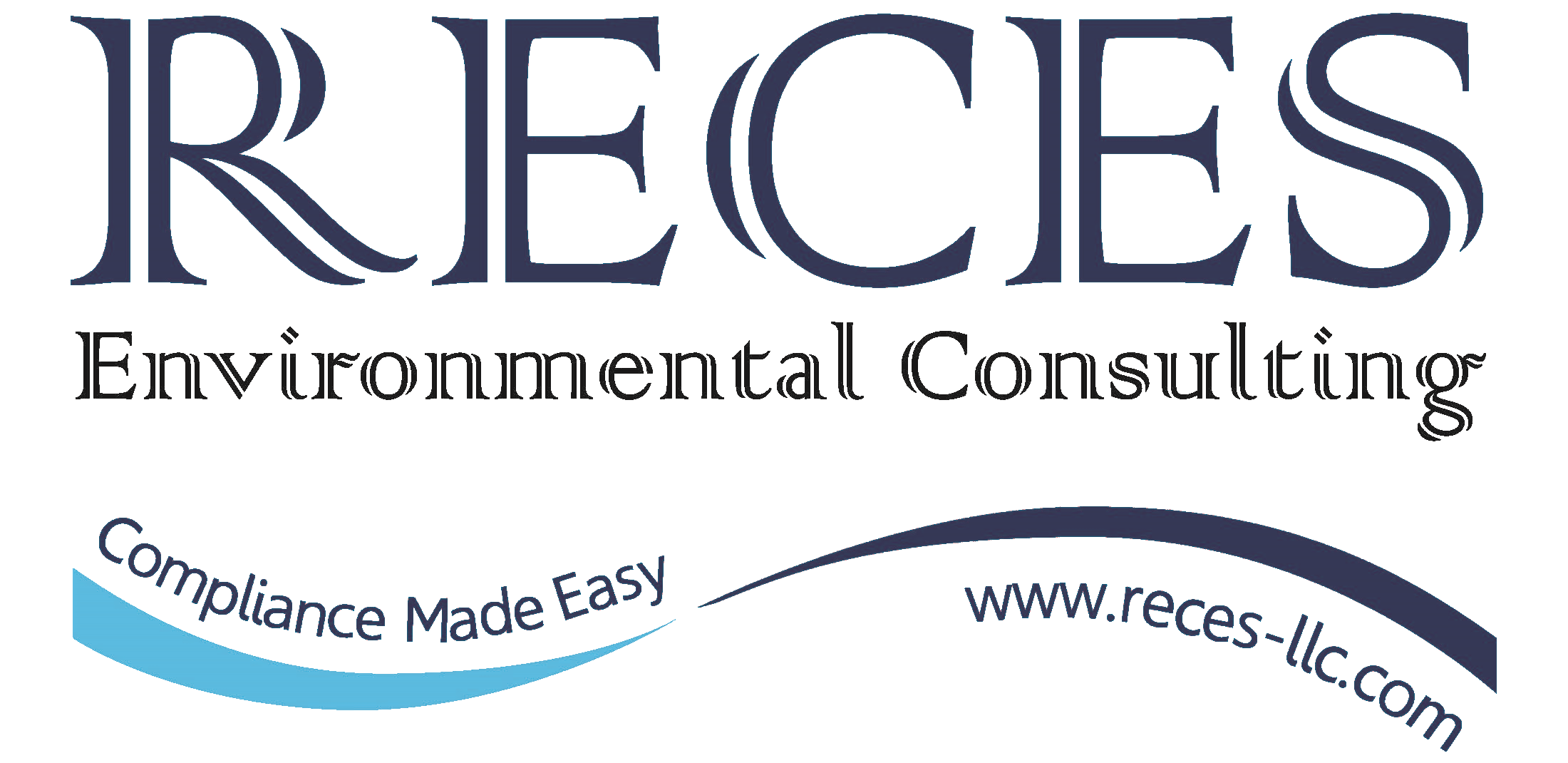When I first entered the regulatory and compliance industry, one of the terms I heard thrown around frequently was emissions trading. Often called “cap and trade” or “allowance trading”, I didn’t know what it was or how it worked but it seemed to be a very useful tool for companies in our space.
This post will be the first of a series over the next few weeks regarding what emissions trading and emissions credits are and how they work. With today’s post, I want to answer this question: What exactly is emissions trading?
First, we need to start with what emissions limits and emissions trading programs are. Emissions limits, or caps, are set by the EPA and restrict the overall amount of pollution that sources are allowed to emit in a state, group of states, or nationally. They are typically set lower than the current pollution levels in order to ensure that overall pollution is eventually reduced.
Emissions tradings programs are created by the EPA and distribute emissions allowances to any affected sources according to the emissions limits. For example, facilities are given allowances to emit no more than one ton of sulfur dioxide (SO2) per year by the EPA.

This raises the question, what if a facility emits less than their allowance in a given year? Well, emissions trading programs are intended to provide economic incentives to facilities reducing their emissions below the limits. Any facility that does this would then have the ability to either save the remaining balance for later use or sell it to another facility through the program. This is a nice incentive, right?
For these emissions trading programs to work, however, extremely accurate methods must be used when recording and reporting data so a facility’s emissions can be measured against their allowance. Once data is received by the emissions trading program, it is made available to the public.
Facilities will face penalties if their data is inaccurate or if they do not have enough allowances to cover their emissions at the end of the given year. We talked about the importance of recordkeeping in our previous posts, so this further emphasizes the point.
In summary, emissions trading is the buying and selling of emission allowances on the allowance market. It is an effective vehicle for reducing overall emissions while providing appropriate incentives for doing so. If your facility takes part in an emission trading program and has made the commitment to accurate and consistent recordkeeping, then emission trading can be taken advantage of.
In the next post of this series, I want to talk about specific situations in which companies have used emissions trading. In the meantime, if you have any questions or comments, feel free to contact Kevin Moin by email at kmoin@reces-llc.com or by phone at (281) 529-5087.
